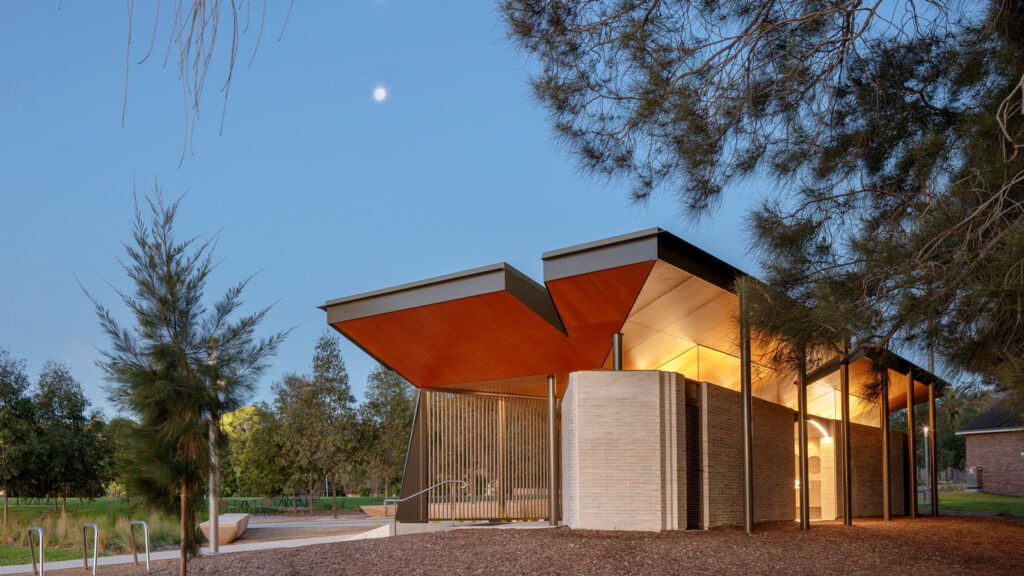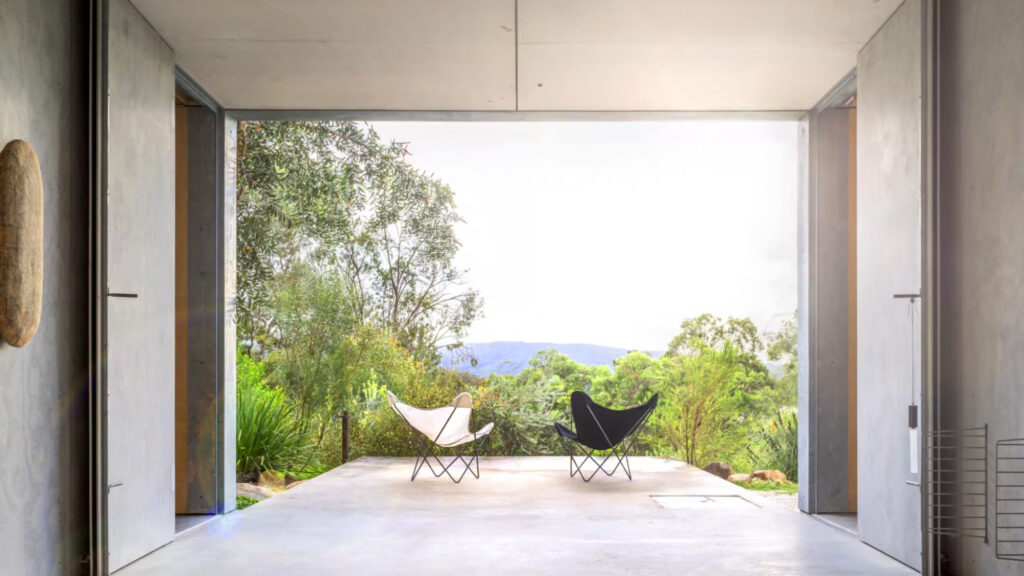Designer: TILT Industrial Design
Location: Randwick NSW
Situated off Avoca Street, between Sydney CBD and the coast, lies the remnants of an 8,000-year-old Aboriginal hearth, uncovered during excavations at the new Prince of Wales Hospital Acute Services Building. The site holds significance as the oldest discovered in coastal Sydney at the time of its excavation.
Originally established in 1852, the site of the hospital has a rich history, serving various purposes over the years. It was initially established as an asylum for children under the age of eight by the Society for Destitute Children. By 1915, it transformed into the Fourth Australian Repatriation Hospital, eventually becoming the Prince of Wales Hospital in 1953.
The site is located on the western edge of a sand dune ridge stretching from Botany Bay, and provided access to seafood from the nearby seashore and hunting grounds in the inland swamps. Archaeological findings indicate Indigenous occupation in the area for 8000 years despite fluctuating sea levels. The recent discovery of hearth stones in the 1990s and again in 2019 sheds light on the Indigenous presence in the region.
To preserve this significant heritage item, the hearth stones underwent a year-long dehydration process before being displayed under a glass dome. The dome is supported by a modular steel frame with adjustable feet for precise positioning and surrounded by a precast concrete disk featuring brass artwork.
To achieve a sleek profile for the surrounding disk, our team at Partridge used a light gauge galvanized steel wire mesh instead of traditional reinforcement bars. Lifting ferrules, concealed within the disk’s inner edge, facilitated balanced lifting during installation, while snatch blocks were incorporated into the plan.
The dome is sealed to minimise moisture and airflow, ensuring long-term preservation, and proudly displayed in the hospital’s public forecourt.
The Randwick Campus redevelopment collaborated with the La Perouse Local Aboriginal Land Council and the Gujaga Foundation to honour the Bidiagal people of the Dharawal Nation, recognising the deep significance of these ancient stones in symbolising welcoming, healing, and shared knowledge.



